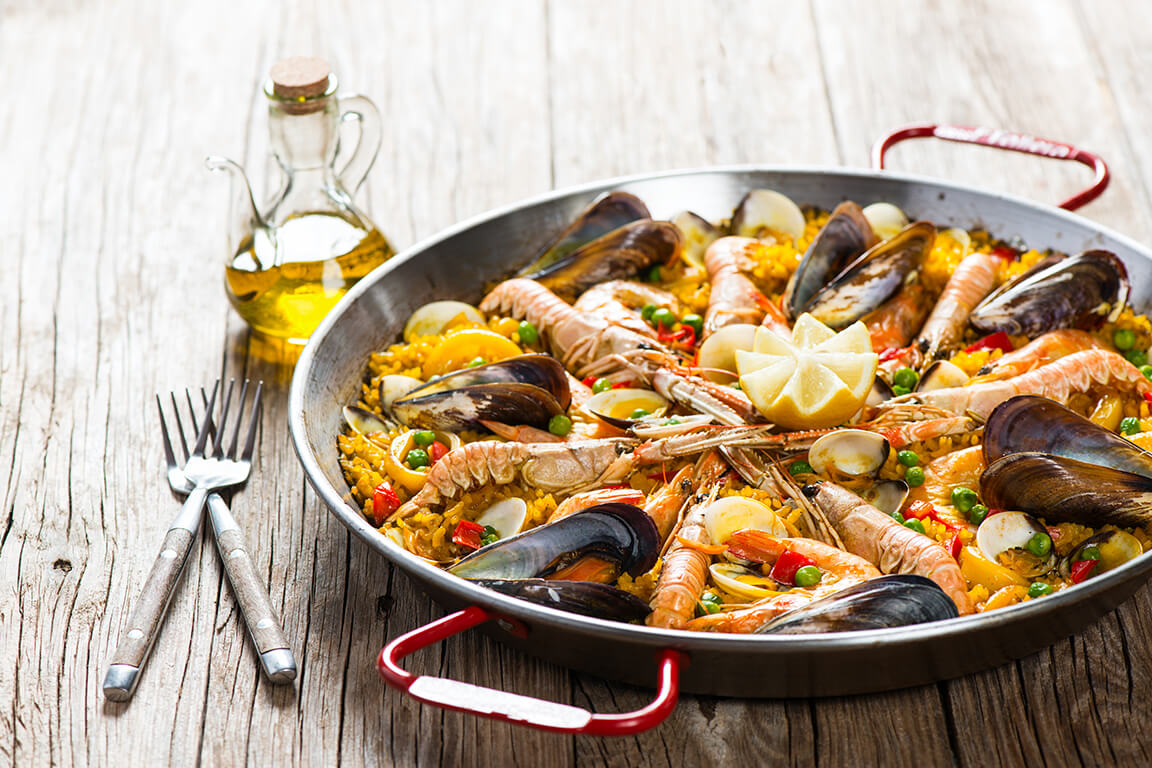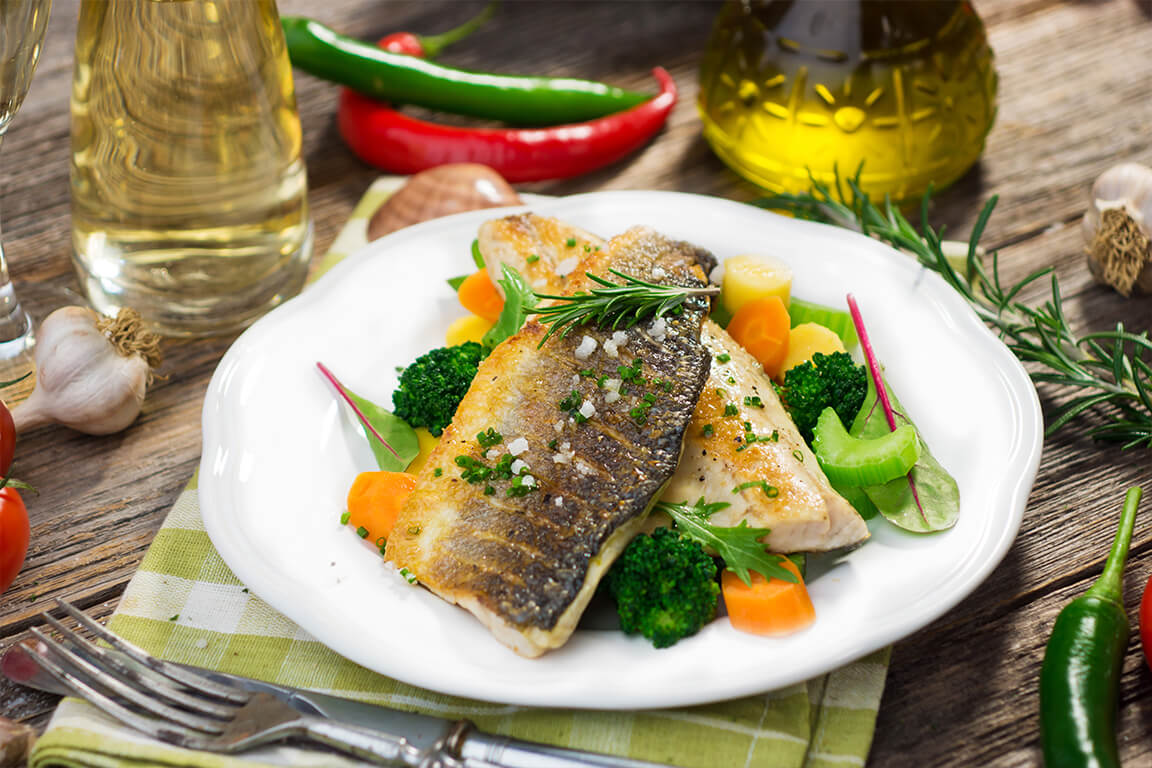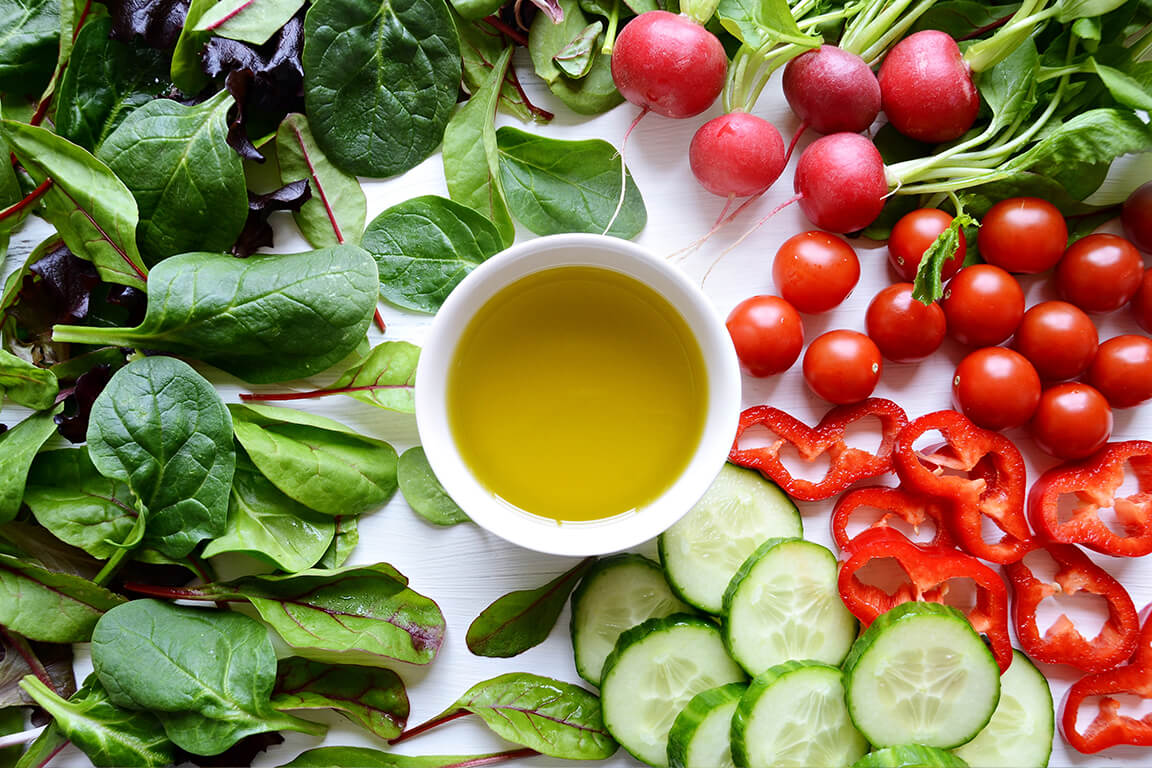Suscribe to our Newsletter
Suscribe, If you wish to receive more information of Olive Oils from Spain

Extra-virgin olive oil is made from 100% olive juice. These oils are obtained when olives have reached optimum ripeness and the oil is pressed out solely through mechanical means. Extra-virgin olive oil is the highest quality among olive oil. Because the olives are free from defects and picked at peak ripeness, they have excellent flavor and aroma, providing a feast for the senses. Extra-virgin olive oil, besides being a source of monounsaturated fatty acids, provide natural antioxidants such as olive oil polyphenols and vitamin E, which have demonstrated their ability to reduce cholesterol, a risk factor of heart disease.
There are four key points that make Olive Oils from Spain the best in the world:
Spanish olive oil is the most awarded in the world. Extra virgin olive oil from Spain win the most awards every year at the international World’s Best Olive Oils (WBOO) awards.
In fact, at the 2016/2017 awards, seven out of ten first place awards were given to Spain. Our extra virgin olive oils are recognized and praised by the most prestigious chefs in the world.
We also have over thirty Denominations of Origin, an additional quality guarantee connected to territory.
Spain produces around 50% of the olive oil in the world. This means one out of every two bottles of olive oil contains Olive Oil from Spain. Spain contains over 340 million olive trees and the largest man-made forest in the world, making it the industry leader worldwide.
Spain is also the global leader in organic extra virgin olive oil production, exporting almost 70% of its production each year, which is sold in over 172 countries.
Thanks to Spain’s commitment to innovation and development, it is the leading producer and seller of olive oil in the world. Spain is home to the most modern and productive olive groves in the world.
Spain’s olive groves make up 25% of the land that is dedicated to olive production across the globe. Professionals from all over the world visit Spain to learn about the latest technical and technological advancements in the areas of production, irrigation, harvesting, organoleptic analysis, etc. Likewise, olive presses and bottlers (approximately 1,775) are at the forefront of global technology.
Spain grows over 260 varieties of olives, enabling olive oil from Spain to have the widest array of flavors and aromas. This is good for the consumer and the earth, promoting biodiversity and ensuring that within the wide variety of Spanish olive oil our consumers can find one that is a fit for their palette and their occasion.
For millennia, olive oil has been the main source of fat in the diet of Mediterranean cultures, making it a staple of this food model, which also includes fruits, vegetables, legumes, fish and a limited amount of animal fats. This diet has become known as the Mediterranean Diet.
Back in the 1950s, two anthropologists from the University of Minnesota, Ancel and Margaret Keys, noticed the health virtues of the diet typically followed in the Mediterranean cultures. They reported that the residents of these regions had significantly lower blood cholesterol levels than other Western populations. They called this nutritional model the Mediterranean Diet, and they highlighted the importance of a key ingredient: olive oil.
This discovery had such a major impact, that years later, UNESCO included the Mediterranean Diet on the representative list of Intangible Cultural Heritage of Humanity, and The Culinary Institute of America established it as one of the healthiest, most balanced and accessible eating patterns. It is one of the three diets recommended by the U.S. Government today.
Scientists across the globe agree that it is one of most varied, sustainable, and above all, healthy diets. The U.S. Government has included it in the 2015-2020 Dietary Guidelines, stating that the Mediterranean Diet is one of the most balanced and healthiest diets.



Of course not! extra virgin olive oil is pressed from fresh fruit, at peak ripeness, so all the aromas and flavors of the olive are transferred to the oil as well. There is a wide array of aromas and flavors that depend on the climate, the zone in which they were gathered and the varietal of the olive. In fact, over 260 varieties of olive are grown in Spain, each having its own unique flavor and aroma.
We can say the same about the color of our extra virgin olive oils: there are a variety of shades that vary from straw yellow to intense green. However, the color is not indicative of the quality or flavor; it is more related to varietal, climate, and above all, the harvest season. Olives that were harvested very early yield greener extra virgin olive oils because they have high chlorophyll content. The ripest olives have less chlorophyll and produce a more golden oil.
Flavors found in our oils range from very intense and robust to more velvety and sweet. While the degree of ripeness may vary, the essence of the fruit is always present.
You can enjoy extra virgin olive oils made from a single varietal of olive, called monovarietals, or ones made from a blend of different varietals, known as coupage. It’s best to try different varietals to be able to find your favorites for each recipe!
Of course! olive oil can be reused. Its high smoke point makes it much more chemically stable than other vegetable oils, which means it can be used several times for frying without losing its properties. But it does need to be correctly preserved. After using it for frying, filter it with a sieve to remove the suspended particles that could deteriorate its properties. Store it in an opaque container. You can find these and other recommendations in the following video:
Olive oil offers millions of possibilities inside and outside the kitchen!
It can be used for many beauty treatments: it is perfect for skin exfoliation and to treat acne, to moisturize your skin, take off makeup or hydrate your hair and lips due to its amazing moisturizing capacity.
And it doesn’t stop with you – olive oil can also help your pets, try it yourself! If you have a cat, put two tablespoons of olive oil in his food, it will help him with hairballs. If you have a dog, a tablespoon of olive oil can help improve his skin and coat. Try it out and let us know how it goes!
And that’s not all… olive oil can even be used to preserve the stones of historical buildings!
As you can see, extra virgin olive oil is not just an ingredient, it takes care of you inside and out. Use it every day and reap the benefits!
Pressing an olive, a fresh fruit, in order to obtain the best extra virgin olive oil, requires extreme levels of care throughout each step in the process, which begins in the field, where the olives are chosen. They must be healthy and at a perfect stage of ripeness, which occurs in autumn. Once collected, the olives are transported quickly to the oil press, where the process is completed. The olives are cleaned before the fruits are milled to an oily paste, the oil making up around 20% of its volume. The rest is made up of water, pit and plant tissue. This is the point at which the oil is separated from the rest of the liquids and solids using centrifugation. Spinning the paste at a high speed separates the solids from the liquids, and the oil from the water content of the fruit, thanks to their differing densities. It just has to decant for a while, and then it’s ready! Now a group of experts comes in to certify that its quality, aroma and flavor meet the high standards of extra virgin olive oil from Spain and it can be bottled and shipped anywhere in the world.
There is nothing as versatile as extra virgin olive oil in the kitchen. It provides aromas and flavors without overpowering the taste of other ingredients, it actually heightens the flavors in each dish. It is also perfect for any cooking technique.